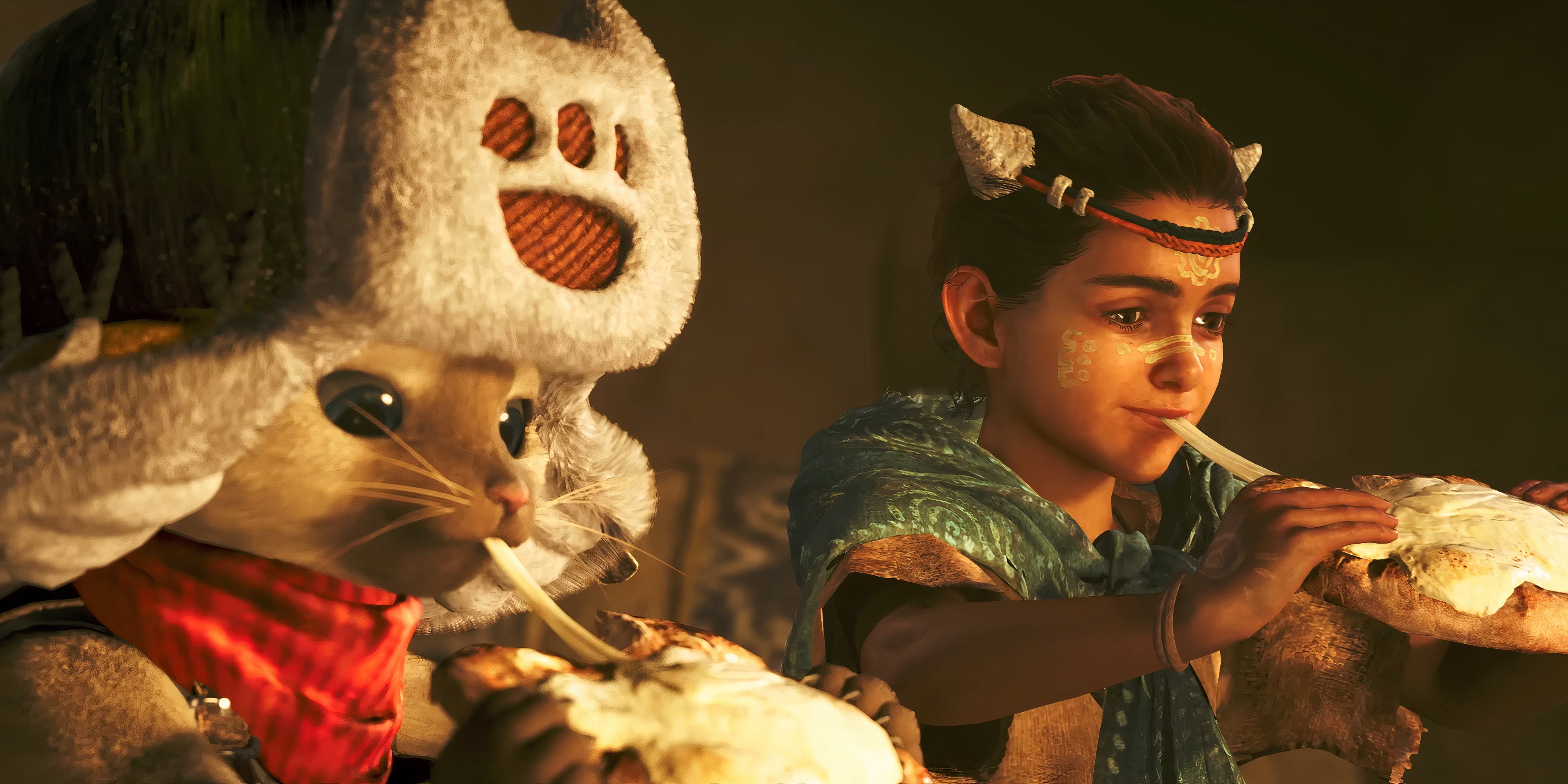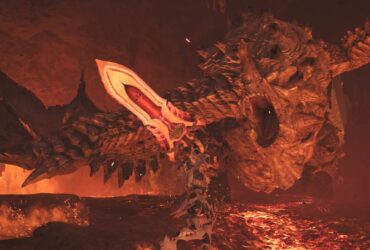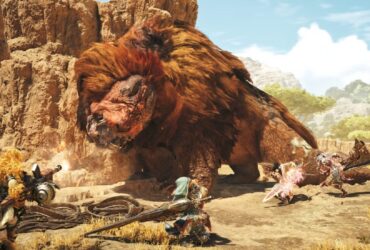Monster Hunter Wilds puts an increased focus on story compared to previous entries. There are lots of villages spread across the world, each with their own culture, food, and architecture. It’s not all just for show though, being woven into both the story they’re telling and the more traditional gameplay elements of the series.

Related
Is Monster Hunter Wilds Worth It?
Monster Hunter Wilds is a big game with a lot of hype, but is it actually worth it?
As you advance through the story, you will unlock the ability to trade with the various villagers across the many regions of Monster Hunter Wilds. But how exactly does this work, and what are these trades offering to you. There can be some truly helpful trades every now and then, so it’s worth checking in to nab some rare items.
How To Unlock Item Trading
Item Trading is available in every region, oftentimes from multiple characters as well. It unlocks slightly differently in each region, though typically the first is unlocked through story progression. For example, you can trade with Kunafa Village after the threat of Doshaguma has passed.
This is the standard carried forward in other regions as well. Once you complete the scourge pestering them, such as Nu Udra in the Oilwell Basin, then you can begin to trade with them. Subsequent villagers become available to trade with later side quests and further story progress, such as reaching High Rank. Here is every villager that is available for Item Trading, and where they reside:
|
Villager |
Location |
|---|---|
|
Kilama |
Kunafa – Windward Plains |
|
Musharpeye |
Wudwud Hideout – Scarlet Forest |
|
Gawdygog |
Wudwud Hideout – Scarlet Forest |
|
Aida |
Azuz – Oilwell Basin |
|
Dogard |
Azuz – Oilwell Basin |
|
Yabran |
Azuz – Oilwell Basin |
|
Rove |
Iceshard Cliffs |
|
Ren |
Sild – Ruins of Wyveria |
|
Sekka |
Suja |
After you’ve reached High Rank, you don’t even need to visit the villagers directly anymore, as Nata will act as a Village Intermediary to let you trade with them from anywhere.
How Does Item Trading Work?
Item Trading is a pretty simple process, with basically the entire system summed up by its name. Villagers will have certain items to trade, and you must give it to them if you want what they offer.
When you speak with a villager, they will show you a list of items. For example, someone in Kunafa might offer you Dalthydon Wool as they raise them, but will ask for the rare Fine WIndward Aloe. Item Trading is also a great way of getting rare cooking materials, such as Kunafa Cheese and Turbid Shrimp.
When trading, you will be asked to offer a certain number of an item in exchange for a certain number of what the villager is offering. In the aforementioned deal above, one Fine Windward Aloe will give you one Dalthydon Wool. Another deal might ask for two Milky Cocoon Webs from you, while offering a single Guardian Seikret Feather in exchange.
There are also trade limits on offers, meaning you can only make this trade a certain number of times before the villager has no more of that item to offer.
The items that villagers have available for trading are not stagnant, however. They change periodically in-game with each day, giving a new set of items to trade, and a refreshed trade limit as well. Sometimes, a particularly rare trade will become available and will be highlighted at the bottom of the list of items with a unique frame around it.
Activating Gathering Boosts
A final effect you can activate to help you gain a more favourable trade would be the Gathering Boost. While stated to only help in Material Retrieval, Gathering Boosts also affect item trades. Gathering Boosts only become available in High Rank, though are a massive boost to item trading as well.
Randomly, a monster may begin harassing a settlement in the region, which can be seen in the Environment Overview in the map menu. From here, simply target the monster and create a quest like you would with any other Field Survey hunts. After they are defeated, a three-day Gathering Boost will activate for the village in question.
You can also save these monsters as an Investigation to activate the Gathering Boost later, and can even repeat the Investigation two more times to activate the Gathering Boost once it ends.
With a Gathering Boost active, item trades become much more favourable. The items you must offer and their quantity remains the same, but the items given to you are doubled. For example, trading three Wyveria Lanterns would typically only give you two Sild Garlics. With a Gathering Boost, that jumps up to four Garlic. With a Trade Limit of two, that means you could get eight pieces of Garlic instead of four, all for the same amount of Wyveria Lanterns.

Next
Monster Hunter Wilds: Complete Material Retrieval Guide
Material Retrieval lets you gather items in the background during Monster Hunter Wilds. Here’s how!













Leave a Reply